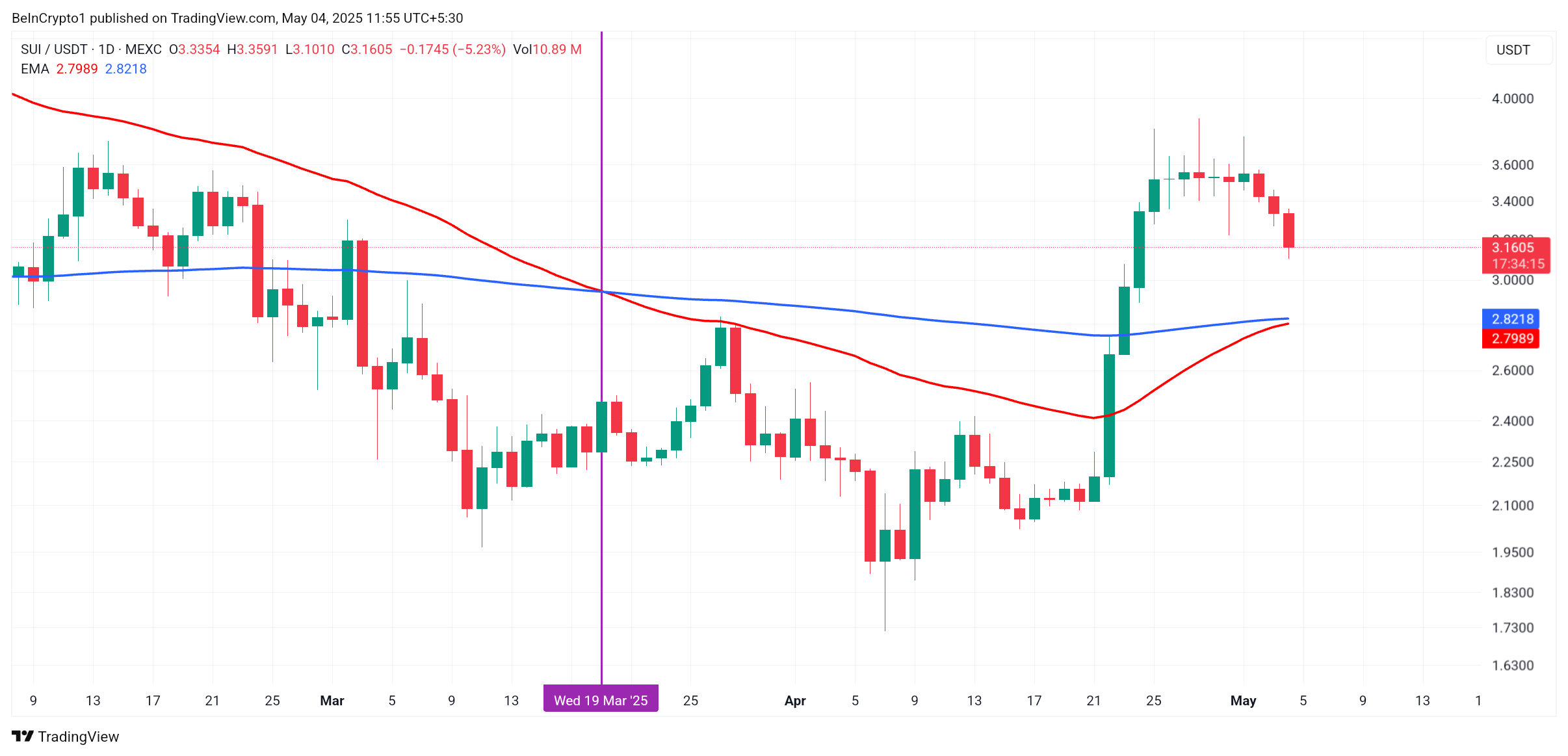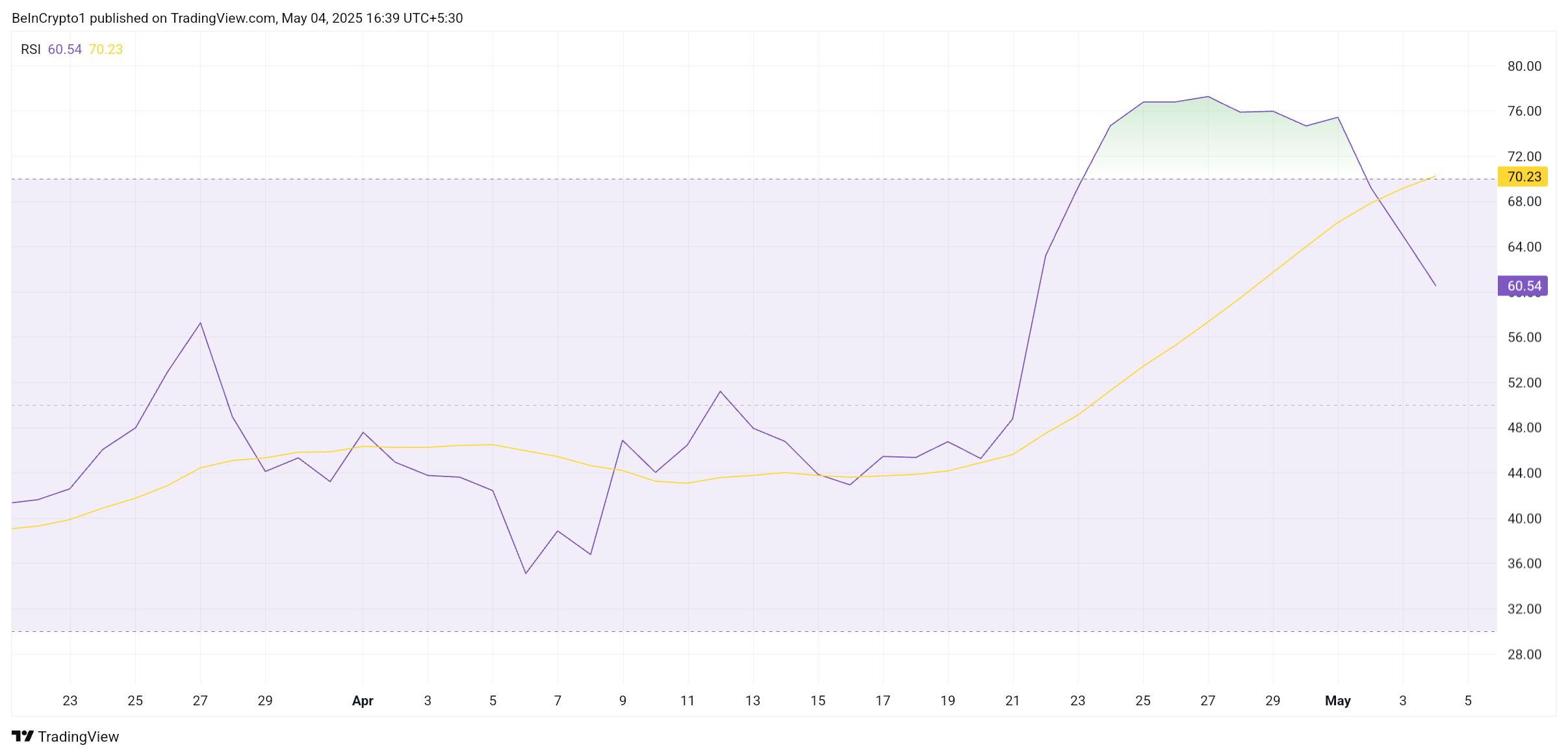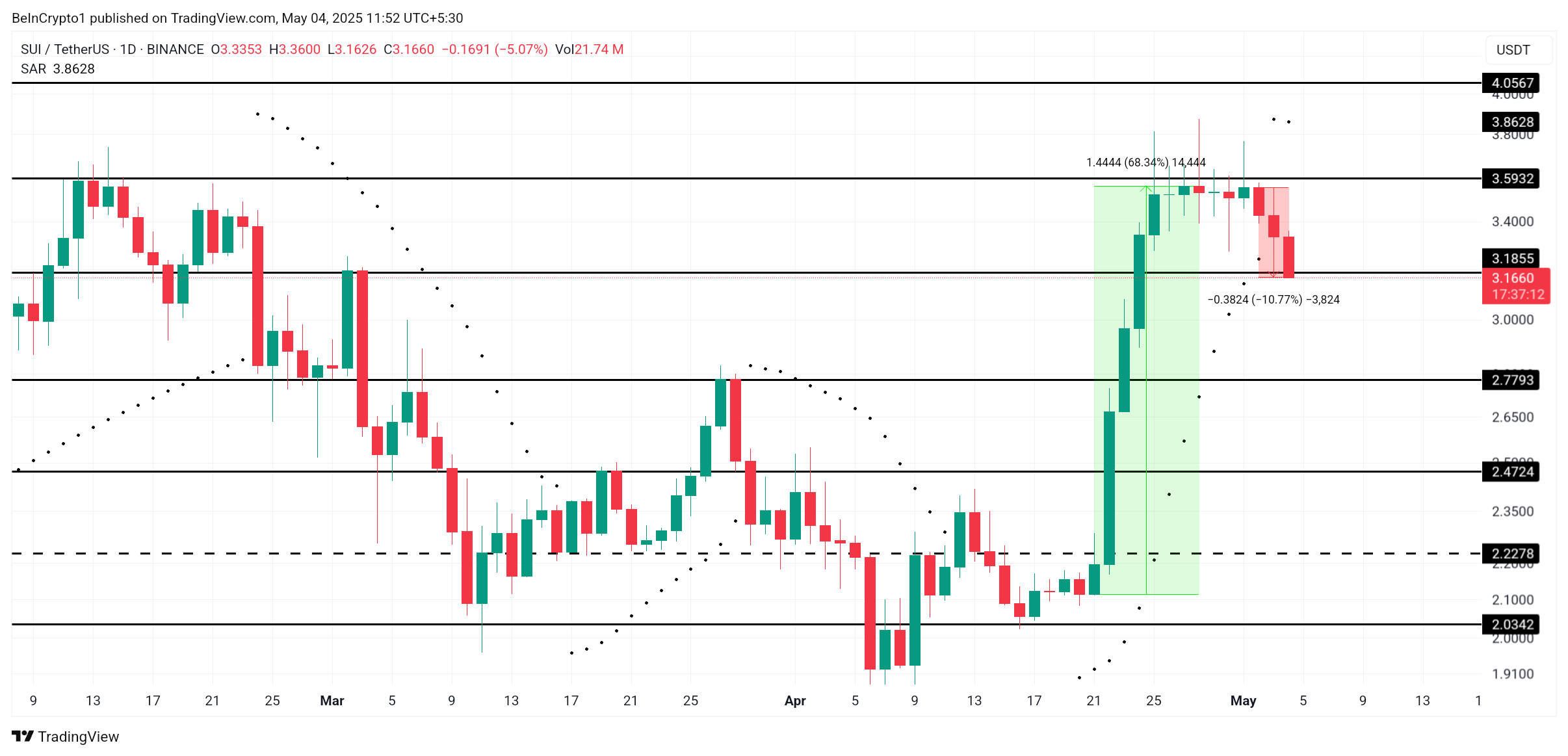According to a recent report from the State Democracy Defenders Fund (SDDF), crypto could represent up to 37% of Donald Trump’s wealth.
It’s difficult to determine an exact figure from publicly available information, as the study could only make educated guesses on several possible income streams. This includes trading fees on TRUMP and World Liberty Financial’s two tokens.
How Much Crypto Does Trump Really Hold?
Since President Trump launched his eponymous meme coin shortly before Inauguration Day, it opened an unprecedented new era for cryptocurrency.
Former US regulators and crypto luminaries have warned about the danger of political corruption. The SDDF’s report attempts to thoroughly analyze Trump’s substantial crypto holdings.
“In just a few short months, President Trump has substantially increased his wealth due to his business’s foray into a series of crypto asset offerings. Reporting suggests these crypto ventures may account for nearly 40% of his wealth,” the SDDF claimed, noting that this number may soon increase.
Trump’s crypto holdings come from several sources, primarily the meme coin and World Liberty Financial. It offers the WLFI governance token and the USD1 stablecoin, and most of the company’s revenue allegedly goes to the Trump family.
However, determining his exact wealth is difficult for a few reasons. For one thing, the TRUMP meme coin’s price is constantly fluctuating, and it’s unclear how many tokens he actually holds.
The US president’s affiliated insiders hold 80% of the meme coin’s supply. How much of that is directly linked to the Trump Family portfolio?
Moreover, it pointed out that the public has no idea what percentage of TRUMP trading fees go to the Trump family. The SDDF cites a study claiming that total transaction fees could’ve reached $100 million in January, but the trail has since gone cold.
How high is this number in late April? What are the exact terms of Trump’s “special arrangement” with Meteora? These important questions remain unanswered.
Similar issues arise when trying to assess World Liberty Financial. Trump’s family unequivocally receives income from the DeFi project, but it’s proved difficult to get direct access to any contracts or for anyone to publicly disclose the specific agreements.
Trump is explicitly using his authority to champion crypto reform. Yet, it’s almost undeniable that his family is substantially invested in this sector. His focus on stablecoin regulation has attracted scrutiny over USD1 involvement, for one thing. His comprehensive war on federal crypto enforcement could also give massive opportunities.
In short, it doesn’t necessarily matter what Trump’s exact crypto holdings are. The POTUS has involved himself in several economic entanglements that are usually completely off-limits to sitting Presidents. Proving his exact commitments is extremely difficult, which only highlights the unusual situation.
The post Crypto Assets Reportedly Make Up 37% of President Trump’s Total Wealth appeared first on BeInCrypto.










